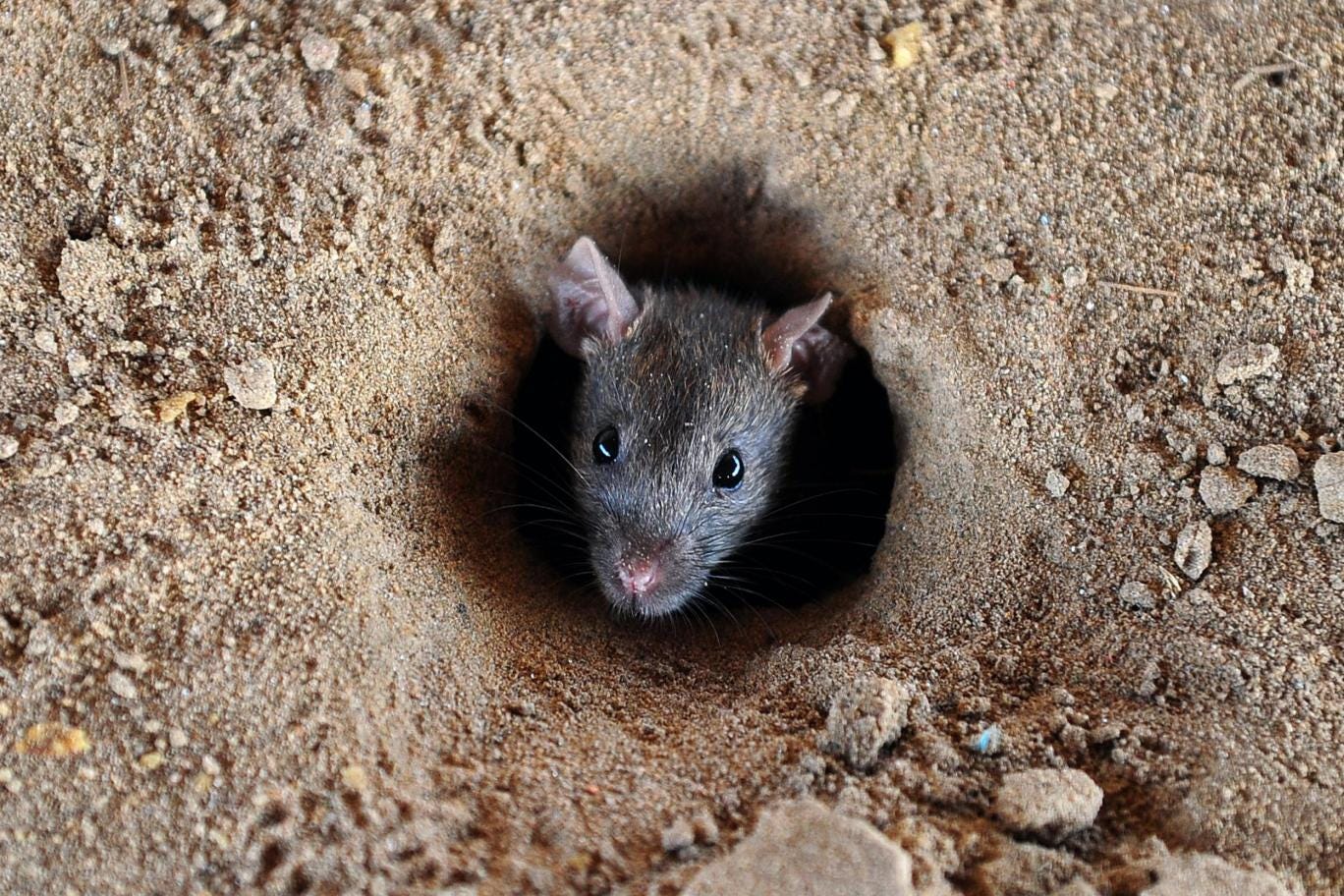
Scientists studying new animal species in the wilds of Indonesia have discovered a previously-unidentified type of rat - and they're stunned at how long its pubic hair is.
The unflatteringly-named hog-nosed shrew rat was discovered by a team of researchers on Sulawesi island.
As a newly-discovered species, there's a lot for scientists to examine, particularly its unusually large ears, snubbed nose and bulky build.
Most interestingly, though, it has really long pubic hair.
Speaking to Mashable Australia, mammalologist Kevin Rowe from Museum Victoria said the rat was discovered in a trap on Mount Dako in 2013.
While super-long pubic hair is found in other animals, such as the Australian potoroo, the reason behind the unusual feature is still unknown.
Rowe said: "It probably helps it in some kind of reproductive way."
"Both male and female have these long pubic hairs, like whiskers. They're not like human pubic hairs."
Aside from it's impressive pubic hairdo, the rat is bigger in other ways.
From nose to tail, it's around 45 centimetres, or 1.5 feet long.
It also weighs in at around 250 grams, although it's not clear how much of that weight is down to the pubic hair.
Like the Galapagos islands, the Sulawesi has a number of unusual animals native to it, including many unique rat species.
The discovery of the hog-nosed shrew rat, which was given the scientific name Hyorhinomys Stuempkei, has been publushed in the Journal of Mammalology.







